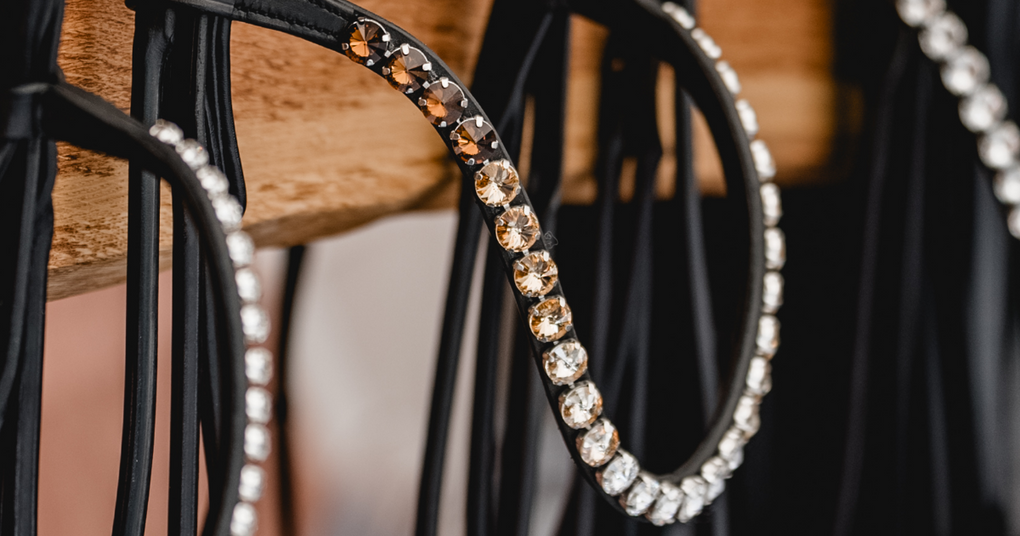Leather substitutes in equestrian sports: Why they are not (always) suitable

Leather vs. leather substitutes: “Vegan” is not always sustainable.
In the age of sustainability and environmental awareness, the choice of materials in the clothing and equipment industry is more important than ever. As a premium provider of equestrian equipment, BRISQUE Bridlewear sees it as our responsibility not only to offer high-quality products, but also to consider environmental friendliness and sustainability. In this article, we would like to explain — and above all clarify — why leather is indeed a sustainable material and why it is a misconception to automatically choose sustainable raw materials by opting for leather substitutes.
Leather – A sustainable natural product...
Durability and robustness
One of the most remarkable characteristics of leather is its exceptional durability. High-quality leather can last for decades without sacrificing functionality or aesthetics. This longevity contributes significantly to sustainability, as it conserves resources. BRISQUE Bridlewear products are designed to provide one thing above all: long-lasting enjoyment.
Natural material
Leather is a natural product made from animal hides. To produce leather, the hide must be further processed and preserved through tanning, which makes it durable. In most cases, animal hides are by-products or waste products from the food industry. While animals being killed specifically for leather production may apply to exotic hides, this is not the case for cow or sheep leather, which is primarily used in equestrian sports and also for BRISQUE Bridlewear products. Instead of disposing of these hides as waste from slaughterhouses, the value of these resources is maximized by processing them into leather. Good to know: Compared to the high demand of the meat industry, only a fraction of the resulting hides can actually be processed into leather.
Modern tanning processes have also become increasingly environmentally friendly, with many tanneries now switching entirely to vegetable tanning agents. BRISQUE Bridlewear therefore relies on vegetable-tanned leather in its production. This process uses tannins found in plant parts such as chestnut or oak. Vegetable tanning leaves no toxins in the finished leather product, making it the perfect match for intensive skin contact with horses, which naturally sweat, especially in warm temperatures.
Degradability
Unlike many synthetic materials, leather is biodegradable. When leather products reach the end of their lifespan, they decompose much faster and leave fewer environmentally harmful residues than plastics and synthetic materials.
Lack of durability
Leather substitutes, such as synthetic leather or other synthetic materials, may seem attractive at first glance. Materials made from natural raw materials such as apples, pineapples, or mushrooms have experienced real hype in recent times. These substitutes also offer excellent marketing potential.
However, they lack the durability and longevity of genuine leather. Especially in equestrian sports, where equipment is exposed to extreme conditions and heavy wear, synthetic materials can quickly wear out, tear, or lose their shape. It’s not uncommon for early pioneering products to fail the test of everyday use or even fail altogether. For BRISQUE Bridlewear, being an equipment manufacturer means taking responsibility for safe and durable equipment.
Insufficient comfort and adaptability
Leather has the unique ability to mold to the shape of the horse and rider over time, ensuring a high level of comfort and an optimal fit. Leather substitutes cannot offer this adaptability. They remain stiff and rigid, which can lead to discomfort and even injury.
Environmental pollution caused by synthetic materials
While some believe that synthetic materials are a more environmentally friendly alternative to leather, the reality is often the opposite. The production of synthetic leather and other synthetic fabrics relies on petrochemical processes that consume fossil fuels and release significant amounts of CO₂. Furthermore, these materials are not biodegradable and contribute to plastic pollution.
Health concerns
Another concern with leather substitutes is the health risks associated with using synthetic materials. Many synthetic fabrics contain chemicals that can be harmful, especially when in close contact with the skin or respiratory system. This is especially problematic in equestrian sports, where equipment is in direct skin contact with both humans and horses in daily use.
Conclusion
For BRISQUE Bridlewear, the quality and sustainability of our products are our top priorities. Genuine leather not only provides the durability and comfort that riders and horses require, but is also an environmentally friendly choice. Leather substitutes may seem like an attractive alternative at first glance, but they cannot compete with genuine leather in terms of durability, comfort, and environmental impact.




